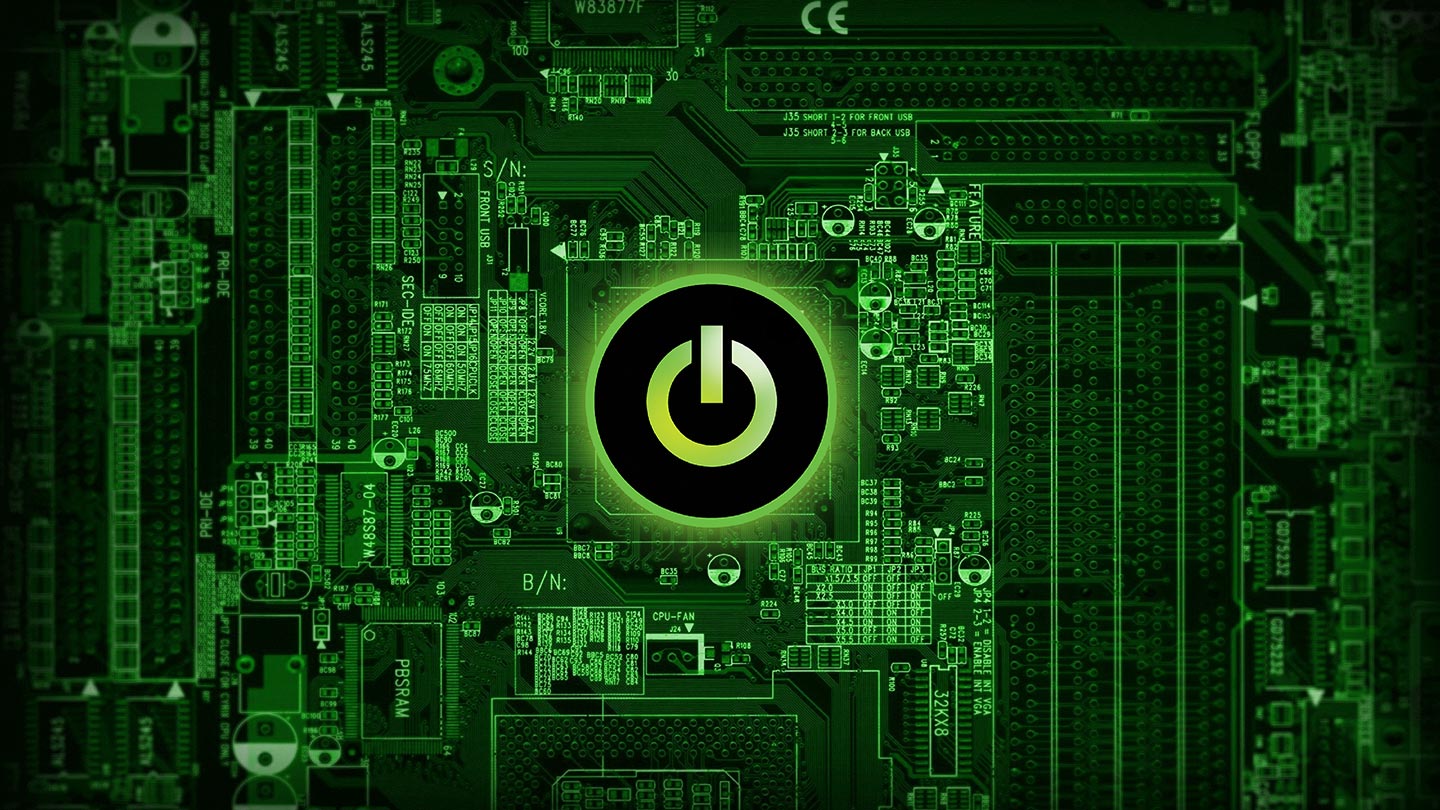
Virtual reality (VR) has changed the way we look at the world. The origins of virtual reality have been debated, but elements of it have been present since the 1860s. However, around 2010, the quest to develop technology that would give people a true virtual reality experience began. Since then, VR has become more common. Gamers use it to immerse themselves in a video game, while aspiring travellers are able to see the world without leaving the comfort of their living room. Not only is VR changing the way we look at the world, but it’s also changing the way children learn about the world.
Virtual reality: Its effect on education
Without a doubt, virtual reality is making learning more exciting. Instead of simply learning about the Amazon rainforest through a photo, you could walk the forest floor and see it for yourself. In the classroom, VR allows access to more information and lets children experience the world for themselves. Since it can seem so natural, the technology is able to draw out emotional reactions. By doing so, children are able to form longer-lasting memories and may retain that information further into the future. It also allows them to observe and come to their own conclusions. By doing so, they’re limiting the influence biased opinions may have on them.
Of course, some argue that the technology will have negative effects on the learning process. After all, there has been a decrease in children’s physical activity due to the distraction of technology. However, observations in classrooms have shown that VR can engage the mind in a way much different than books are able to achieve. Applications such as Tilt Brush (which allows you to use your room as a canvas) can boost creativity and encourages children to use their imagination.
What does a future with virtual reality in classrooms look like?
Never fear, teachers won’t be going anywhere anytime soon. Using virtual reality in the classrooms can be thrilling, but it should be something that is used in moderation. Like everything, there are drawbacks to constantly using technology to engage students. Some studies have reported that children have developed false memories after using VR applications. Not to mention the cost of implementing such technology. So, while virtual reality can assist in teaching, it should certainly not replace regularly taught classes.
Perhaps virtual reality wasn’t intentionally created to improve the quality of education, but it certainly has changed the way children learn. What are your thoughts on using virtual reality to educate children?
Liked this article?
We are adding more useful articles to our blog every week! Join our subscribers to stay up to date on digital security, marketing, and social media trends.
By entering your email, you agree to receive our monthly newsletter. You can unsubscribe at any time!


